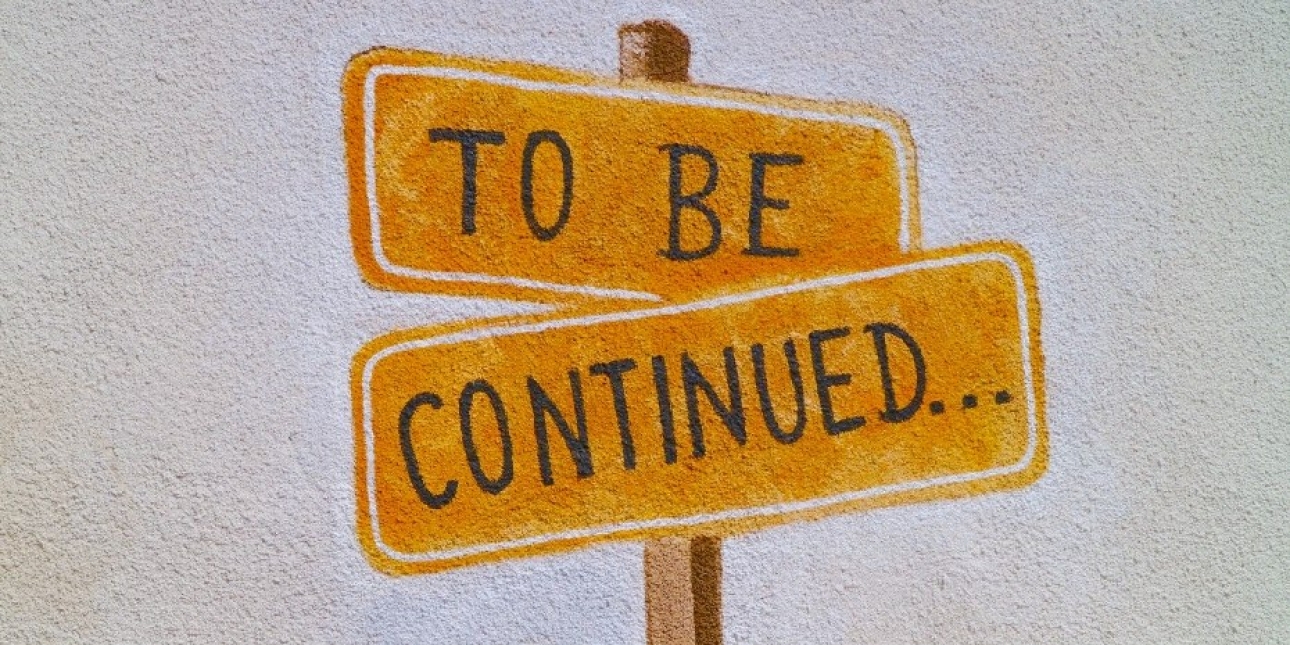PUBLIC RELATIONS
Monday 20th July 2020
Crafting stories, changing narratives, shaping reality
Perhaps that’s why we sometimes call it ‘brand narrative’. It’s way more grown up: grand, perhaps even arcane or opaque. To some, of course, it sounds like nonsensical jargon, management-speak, even gobbledegook. There are downsides to both articulations, but to all intents and purposes, they’re one and the same.
But why do we harp on about ‘storytelling’ and ‘brand narrative’? Why is ‘story’ powerful, and why should businesses, organisations and brands of all sizes pay careful attention to creating and telling their own stories?
The answer is simple – a story is memorable in the way that a fact sheet or report isn’t. A story moves our hearts, lodges in our minds and stirs us to action. A story evokes feelings, provokes a response, and connects with us on an almost primordial level.
When you’re faced with a choice between brand ‘A’ and brand ‘B’ – the emotional factor will always play a disproportionate role in your decision-making. This is true for products and services, and it also works with personalities, countries, and all other propositions.
As we go through life, we pick up all manner of subconscious perceptions, and they become our ‘truth’. If the messaging and the underpinning substance of a brand is clear, compelling and consistent, we understand, absorb and embrace a shared perception of reality.
Let’s do a little exercise.
When you read ‘Germany’ – what comes to mind? Something about efficiency, engineering, beer, perhaps some historical association with the two World Wars, maybe certain brands – such as Mercedes-Benz, Volkswagen and BMW. The likelihood is that you have a few key thoughts, expressed through maybe a dozen or so words. Your list of perceptions might be different to mine – but they’ll be in the same ballpark.
German’s brand narrative is unambiguous and strong. To the casual observer, that seems to be just a reflection of the nation’s reality. Would it surprise you to know that this is something they work hard at? They certainly can’t do much about the weft and wove of their history, society and culture – but they can emphasise and communicate the positives, and attempt to negate and minimise the negatives.
There are all manner of indices that rank nation brands, from the World Bank’s Ease of Doing Business index to the Good Country Index. Some focus on trade, some on tourism, others on inward investment. African nations seeking to become recognised as democracies might focus on improving their Freedom House score, gaining better standing in The Economist Intelligence Unit’s Democracy Index and lowering their Gini coefficient.
Each index is built on extensive desk, qualitative and quantitative research – and provides a part of the overall picture. None are perfect, but all offer an opportunity for a nation to benchmark itself and work on strategic communications to frame itself in the best possible light, thus advancing its soft power standing in the world.
Let’s bring it down to a personal level. Individual brands are built in just the same way. They rise and fall depending on behaviours and positive or negative exposure to audiences through media and social media. This is as true for politicians as it is for pop stars. Great PR can’t change the nature of a person’s appeal – but it can mitigate the downsides and maximise their best character and competency features.
Take Prime Minister Boris Johnson. A cursory scan of his career to date has seen him take a roller coaster journey. Whilst he’ll always be seen in an unfavourable light by certain people, he’s enjoyed peaks of huge popularity, and troughs where his reputation has been low and his future seemed on a downward arc. Right now, it’s hard to pin exactly where he is, but there’s clearly room for improvement and his visionary leadership style is needed now more than ever.
Crafting a brand narrative takes time. It requires evidence, insight and powerful, persuasive messaging. It leverages the best of a proposition and builds on it – carefully connecting individual elements of its message to specific audiences and stakeholders. Done well, this builds awareness, shapes perception, and ultimately makes people think, feel and act differently toward the brand. And that’s why I still talk about storytelling: it’s neither childish nor trivial.
Executed and implemented well, it changes reality.
Read Original Post
Photo by Reuben Juarez on Unsplash
